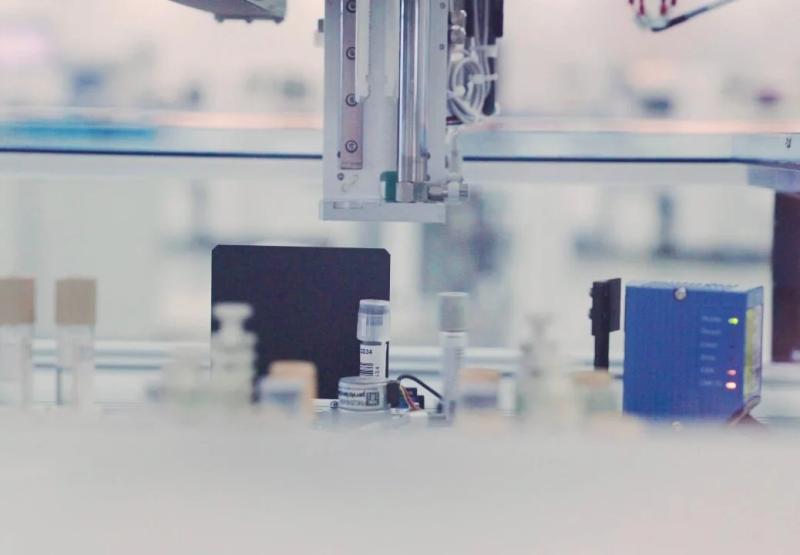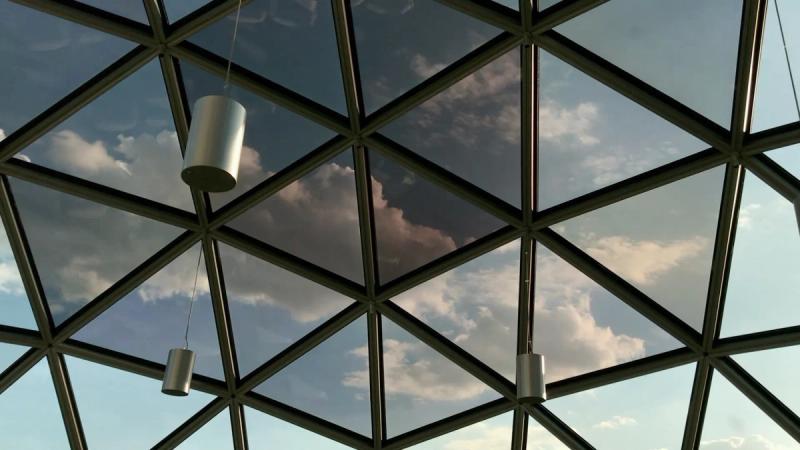
Smart Glass Windows - Not all smart windows provide a clear view
Why some smart glass windows just aren't that smart
Smart Glass
Smart glass references a pane of glass that can adapt to any environment. Although the use of glass Smart glass windows is an innovative new technology that is revolutionizing the way we interact with our environment and will probably become more common since they will work with your smart home. A good many office improvement projects are now including innovative smart glass solutions. But what makes them so desirable? Smart glass windows are made from special materials that can be switched from clear to opaque or from clear to darkened with just the press of a button. By using advanced technologies such as electrochromic tinting, polymeric lamination, Liquid Crystals, and nanotechnology, smart glass windows offer superior light transmission, improved optical clarity, and excellent durability over conventional window materials. With more and more people looking for ways to reduce energy costs while still maintaining incoming daylight and outside view, smart glass windows are quickly becoming the go-to solution.
Definition of smart glass windows
Not all smart window technology is created equal. Some view smart windows as long as the glass changes. Of course, regular glass doesn't do this. Smart glass windows are an innovative technology to allow users to modify the amount of light or privacy they have in a space. Switchable glass does this by using electrochromic, suspended particle device, or liquid crystal technologies that can switch between different states when a small amount of electricity is applied. But for it to truly be smart glass windows, it must be connected to a control system that allows you to automate when it switches due to your personal preferences. Smart glass technologies are becoming increasingly popular as a design feature in both residential and commercial buildings due to their ability to provide natural lighting at all times. When paired with an AI-driven automation system, these windows can even use facial recognition to determine if your exterior windows need to provide more heat protection.
Benefits of smart glass windows
Smart glass windows offer a wide range of benefits. The most obvious benefit is that they are energy efficient, meaning they help reduce cooling and heating costs by blocking out heat in the summer and trapping it in the winter. As climate change becomes more of a factor in how we interact with our spaces, the cost of climate control will become more of a focus. Additionally, smart glass windows can give you greater control over the amount of natural light entering your home or office like the eyrise s350. Other glass, such as the eyrise i350 can provide privacy when needed. Installing smart glass windows can help to enhance the overall aesthetics of a building due to their sleek and modern appearance since you don't need to use blinds or curtains to block light. Switchable smart glass windows also make it easier to adjust lighting levels with just the press of a button, making them ideal for those looking for more control over their environment. True smart glass windows such as the eyrise s350 are relatively easy to install and maintain, making them an attractive option for those looking to upgrade their home or office space without too much effort.
Types of Smart Glass Windows
Smart glass windows technologies basically work on the same principles. They can go from bright to dark in response to an electric current. Most switchable smart glass use two layers of glass with a film or a liquid in between. This middle layer contains tiny particles. When a low voltage is applied to the window, the particles align and the window becomes bright or transparent. When the voltage is turned off, the particles change orientation, blocking part of the light to pass through. This is how liquid crystal dynamic glazing works.
However, it is the material inside, the particles that are reacting that matters. Since light will react with the particles inside, there can be variations in the color of the light transmission. And this depends on the technology. The main types are Electrochromic, Thermochromic, Photochromic, and suspended Particle Device (SPD) Glass.
What is Electrochromic Glass?
Electrochromic glass is a special type of glass that changes from one color to another with the application of an electric current. In the case of electrochromic glass, when electricity is applied, a blue color appears on the glass. This change in color is due to the presence of ions inside the glass that are altered by the electric current. These ions act like tiny magnets, and when they become activated by an electrical current, they attract particles that cause the blue color to appear on the surface of the glass. The result is a hue that can become more intense the more voltage is applied. Electrochromic film can be used as well. The technology does not allow for full natural light.
What is Thermochromic Glass?
Thermochromic glass is a type of glass that changes color when exposed to heat. This temperature-sensitive material has been used in a variety of applications, from automotive windows and architectural design to medical devices and fashion accessories. The color shift is due to the presence of thermochromatic liquid crystals, which are triggered by temperature changes. Depending on the type of thermochromic glass used, different temperatures can be set to trigger a change in its appearance. For example, some types may be programmed to switch between clear and tinted at particular temperatures while others switch between two or more colors according to the degree of heat exposure. Thermochromic glass provides an interesting way for designers to create dynamic surfaces that can visually respond to the environment around them. However, since they are heat reactive, instead of electric-driven, they are unable to be used in smart glass applications.
What is Photochromic Glass
Photochromic glass is an innovative type of glass that changes color when exposed to light. It darkens when UV rays are present, and returns to its original clear state indoors or in the dark. From eyeglasses and car windows to buildings and aircraft. Photochromic glass offers both protection from the sun’s harmful UVA and UVB rays, as well as enhanced aesthetics that can be tailored to individual preferences. Some drawbacks to using Photochromic Glass are many. The reaction time of photochromic glass can be much slower than other types of tinting, such as electrochromic or thermochromic. And because Photochromic glass can be sensitive to temperature changes, they may not change color at extreme temperatures. Finally, photochromic coatings can wear off over time, so they may need to be replaced regularly in order to keep their effect. Since they react to their environment, and not electric-driven, they can not be used in smart glass systems.
What is suspended Particle Device (SPD) Glass
Suspended Particle Device (SPD) Glass is a type of smart glass that uses liquid crystals or other particles suspended in a gel-like material. This material is sandwiched between two pieces of polarized glass, allowing it to control the amount of light that passes through it. By controlling the electric current applied to the glass, it can be switched between transparent and darkened states. The SPD technology also provides superior temperature regulation as well as UV protection by blocking up to 99% of harmful UV rays. Additionally, since the particles are suspended within the glass layers, they will not scratch or wear down over time as other films may. This makes SPD Glass a great long-term investment for any building looking to increase its energy efficiency. Liquid Crystals are the optimal material to use since the light transmission is clear. Meaning unlike electrochromic glass or other smart glass products, there is no tinting involved, providing a clear, natural-lighted view. This technology also reacts instantly, making it the ideal solution for smart glass windows.
What kind of smart glass is eyrise Liquid Crystal glazing?
Eyrise Liquid Crystal glass is a new technology that combines liquid crystal layers with traditional glass to create a unique type of product. This specialty glass has been developed to provide superior optical performance and outstanding functionality, while also reducing energy consumption. It is especially well-suited for applications where light must be controlled in order to reduce glare or improve visibility. It offers superior clarity and excellent visibility when compared to standard glass products like pdlc film, while also providing enhanced insulation properties. In addition to its energy efficiency benefits, this type of specialty glass also provides greater flexibility in terms of design capabilities due to its ability to be customized with various coatings. Eyrise can be connected to any type of BMS (Building management System).
Why are eyrise liquid crystal smart glass windows better than electrochromic smart glass?
Eyrise liquid crystal smart glass windows are better than electrochromic smart glass for a number of reasons. They are more durable and last longer: The technology on which they are based, is known to be switching pixel by pixel millions of times in your TV or computer display. In addition, eyrise provides better quality and clarity when transitioning from bright to dark or any state in between, whereas electrochromic glass can sometimes appear to have a deep blue tint and being inhomogenous while in transition. Although both can be used in smart glass window applications to control light, only eyrise has a fast reaction time and a completely clear view.
As more and more projects use smart glass, only one technology can switch instantly, have a completely clear color transition, provide natural light and can be easily integrated into any smart building system. And that is eyrise.











